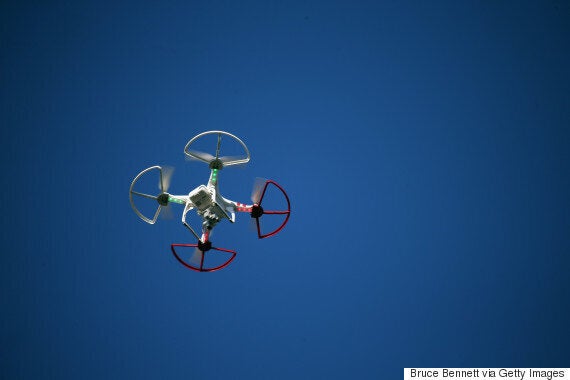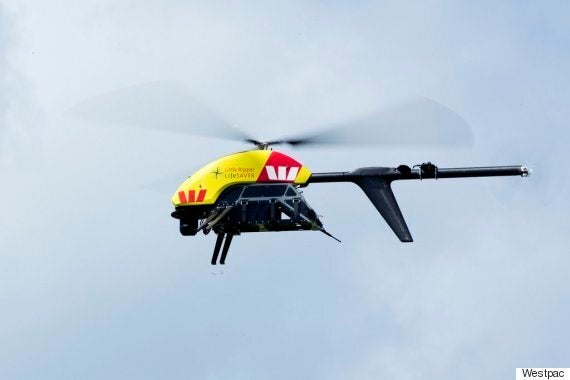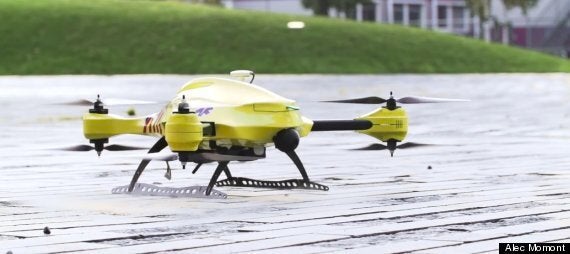
The drone.
Is there a gadget in the last five years that has grown in popularity as much as the humble drone?
It has gone from a hobbyist's extravagance to the answer (and cause) of all our problems. Indeed, look in the news today and you'll see that the word drone is not generally used positively.

Stories about drones have so often ended up leaning towards the extremes of what they are capable of, whether it's blocking flight paths or being used as drug mules.
What you might not know though, and what this blog series hopes to achieve, is that something as publicly scorned as the drone is actually changing the world in an entirely different way. A better way.
Did you know that right now, along the coast of Australia a drone is patrolling the coast. It's called 'Little Ripper' and its sole job is to endlessly watch the coastline. It doesn't need a lunch break, it doesn't get tired and should it need some help, you can take control using something as simple as an iPad.

On the New South Wales coast if someone has an emergency, it won't be a giant helicopter they see - first it'll be 'Little Ripper', complete with first aid kit and buoyancy aids.
Using drones as first responders isn't just a good idea, it's an great one. They're fast, agile and can reach the scene of a crises faster than any human mode of transport.
In the Netherlands, Delft University graduate Alec Momont created 'Ambulance Drone', a quadcopter that goes ahead of a conventional ambulance and provides key medical equipment including a defibrillator.

When the drone arrives, a camera and two-way communication system allows anyone at the scene to be walked through the process of administering emergency care.
I'm just getting started though. Zipline, a tiny company based out of California, have built Zip an incredible little drone that can deliver emergency medical supplies over huge distances.
Travelling at over 100km/h, this little winged aircraft can fly itself to a pre-designated location and then safely drop the supplies via parachute.
In partnership with the Rwandan government, Zip will start delivering all blood products for all 20 hospitals around Rwanda this summer.
Technology can often be placed into a negative pen, and in almost all of those cases we're aiming our blame in the wrong direction.
The wonderful thing about technology is that it is a blank canvas. It is how we choose to use it that then determines our perception of it. Drones are being used to do some truly awful things, but that's because they're in the hands of some truly awful people.
Give a drone to a student who wants to save lives however, and you'll create a piece of technology that can do something incredible.
Over the next few weeks, we'll be sharing blogs from inspiring innovators, who are using tech to change the world - from the charity helping sight impaired kids use public transport independently, to the start-up that have created an app to help parents suffering from postnatal depression.
It might sound naive, but ultimately that's what Tech For Good is all about. It's not about celebrating the technology by itself, it's about celebrating the humans and how they're using technology to achieve something great.
HuffPost UK Tech is running a two-week focus on our Tech For Good campaign, which aims to highlight the technology that is driving social change and making a positive, long-lasting difference to our world. If you'd like to blog on our platform around this topic, email ukblogteam@huffingtonpost.com with a summary of who you are and what you'd like to blog about.
